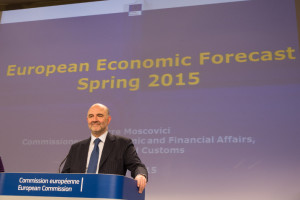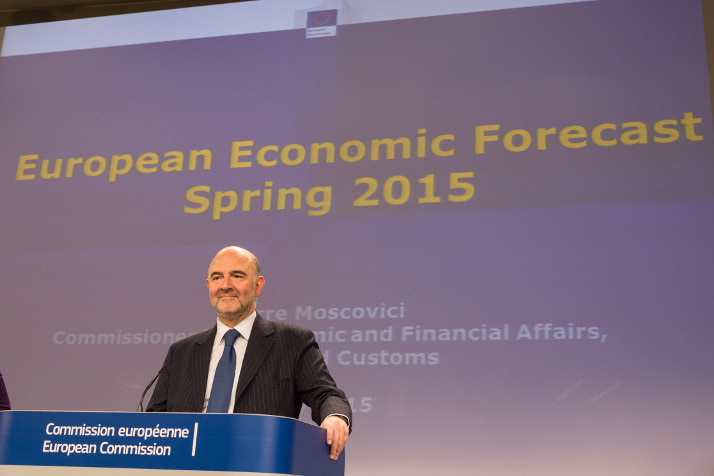
Asian trade partners of the European Union (EU) will be elated to know that the bloc appears headed for brighter prospects this year.
Economic tailwinds, from low oil prices to steady global growth, are strengthening Europe’s economic recovery, according to the European Commission’s (EC) “Spring 2015 Economic Forecast.”
The EC said the European Union is set to benefit from a number of short-term factors that are boosting an otherwise mild cyclical upswing in the EU.
Oil prices remain relatively low, global growth is steady, the euro has continued to depreciate, and economic policies in the EU are supportive. On the monetary side, quantitative easing by the European Central Bank is having a significant impact on financial markets, contributing to lower interest rates and improving credit conditions.
Said the report: “In spring 2015 the outlook for the EU economy looks brighter than it has at any time since the deep economic and financial crisis of 2008-09. The recovery from the crisis and the double-dip recession has been a long and tedious one, marked by numerous setbacks, but now there are clear indications that a cyclical upswing is underway, supported by economic tailwinds.”
In addition to these tailwinds, the paper says that structural reforms implemented so far, including labor market reforms in vulnerable countries, “should bear fruit.”
On the downside, some obstacles for stronger economic growth remain in place “but with diminishing weight.” Geopolitical tensions in Ukraine and parts of the Middle East and Northern Africa remain high and could further impede economic growth in Europe if they escalate.
Moreover, if oil production adjusts faster than expected to low prices, oil prices could rebound faster than assumed and erase the windfall gains from lower energy prices. Renewed bouts of financial market volatility associated with the expected normalization of monetary policy in the U.S., or with a correction in asset values, or stemming from developments related to Greece, could jeopardize the expected improvements in financing costs.
Finally, a delay in the implementation of structural reforms would make the rotation of growth drivers from temporary tailwinds towards fundamentally more sound growth determinants more difficult and raise the risk of a long period of very subdued economic growth or stagnation.
Commenting on the updated figures, Valdis Dombrovskis, EC vice-president for euro and social dialogue, said: “The recovery of Europe’s economies is strengthening. While this is encouraging, we have to make sure economic growth is lasting—sustainable.”
He added that recovery can be hastened by implementing the three-priority approach endorsed at EU level—structural reforms, stepping up investment and encouraging fiscal responsibility, and addressing country-specific challenges.
Pierre Moscovici, commissioner for economic and financial Affairs, taxation, and customs, added: “The European economy is enjoying its brightest spring in several years, with the upturn supported by both external factors and policy measures that are beginning to bear fruit. But more needs to be done to ensure this recovery is more than a seasonal phenomenon. Delivering on investment and reforms and sticking to responsible fiscal policies are key to obtaining the lasting jobs and growth Europe needs.”





